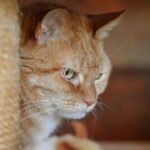Imagine a world where shadows slink through ancient forests, and the king of stealth is not the modern lion, but the saber-toothed cat—its fangs long, curved, and terrifyingly beautiful. Recent breakthroughs with CT scans have pulled the curtain back on these vanished predators, showing us not just their fierce appearance, but the secrets of their awe-inspiring bite. Let’s step closer to these mysterious feline legends and uncover their hidden world, one secret at a time.
Mighty Fangs: The Signature Smile
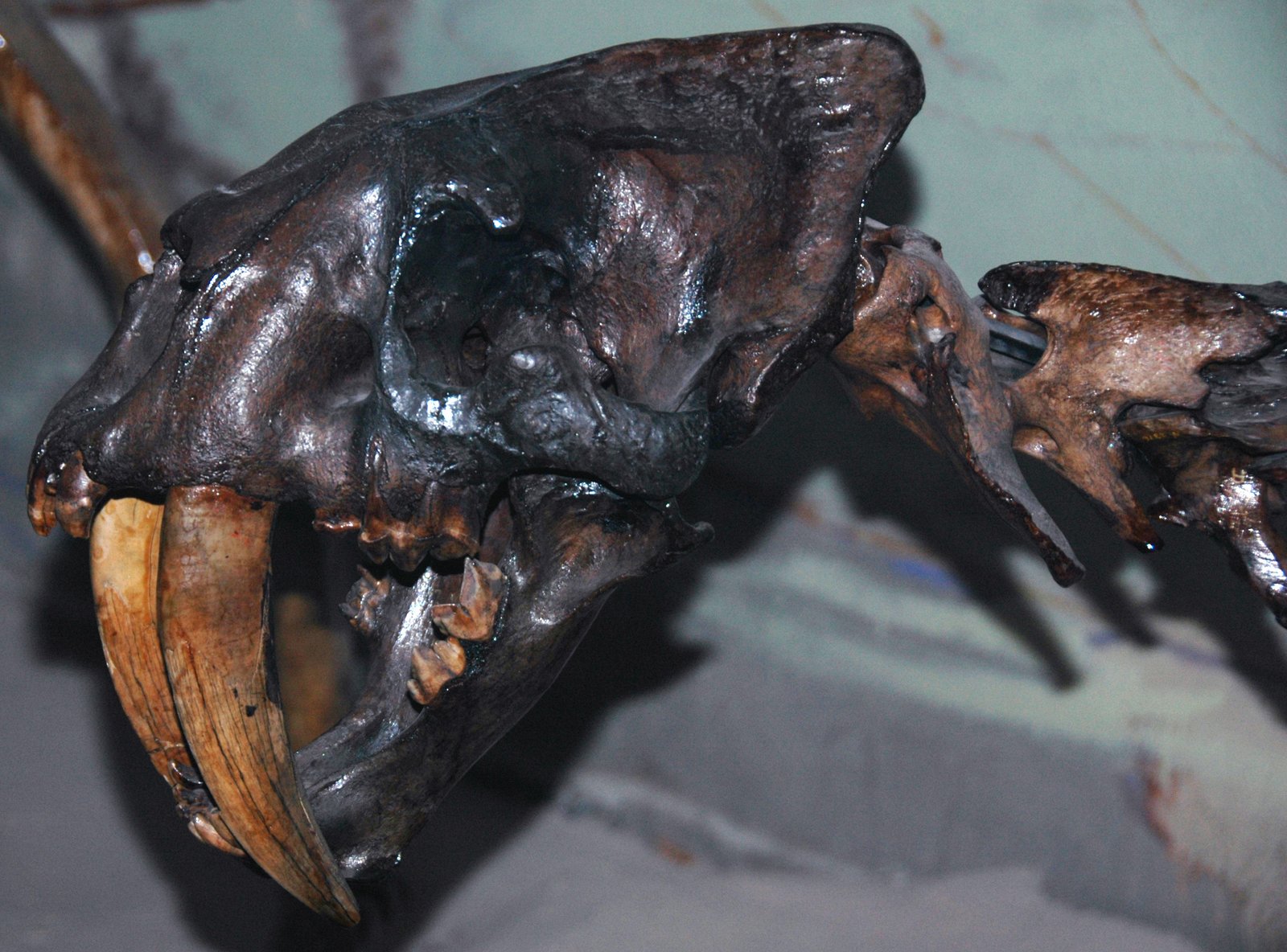
The saber-toothed cat is instantly recognizable for its iconic, jaw-dropping canines—long, sharp, and elegantly curved like deadly scimitars. These fearsome teeth weren’t mere decoration; they were finely honed weapons, perfectly evolved to pierce through flesh and bone with terrifying precision. Serving as both tools of offense and survival, these canines made the saber-toothed cat a formidable predator of its time. Their chilling efficiency remains a testament to nature’s brutal artistry in the fight for life.
Jaw Power Unveiled
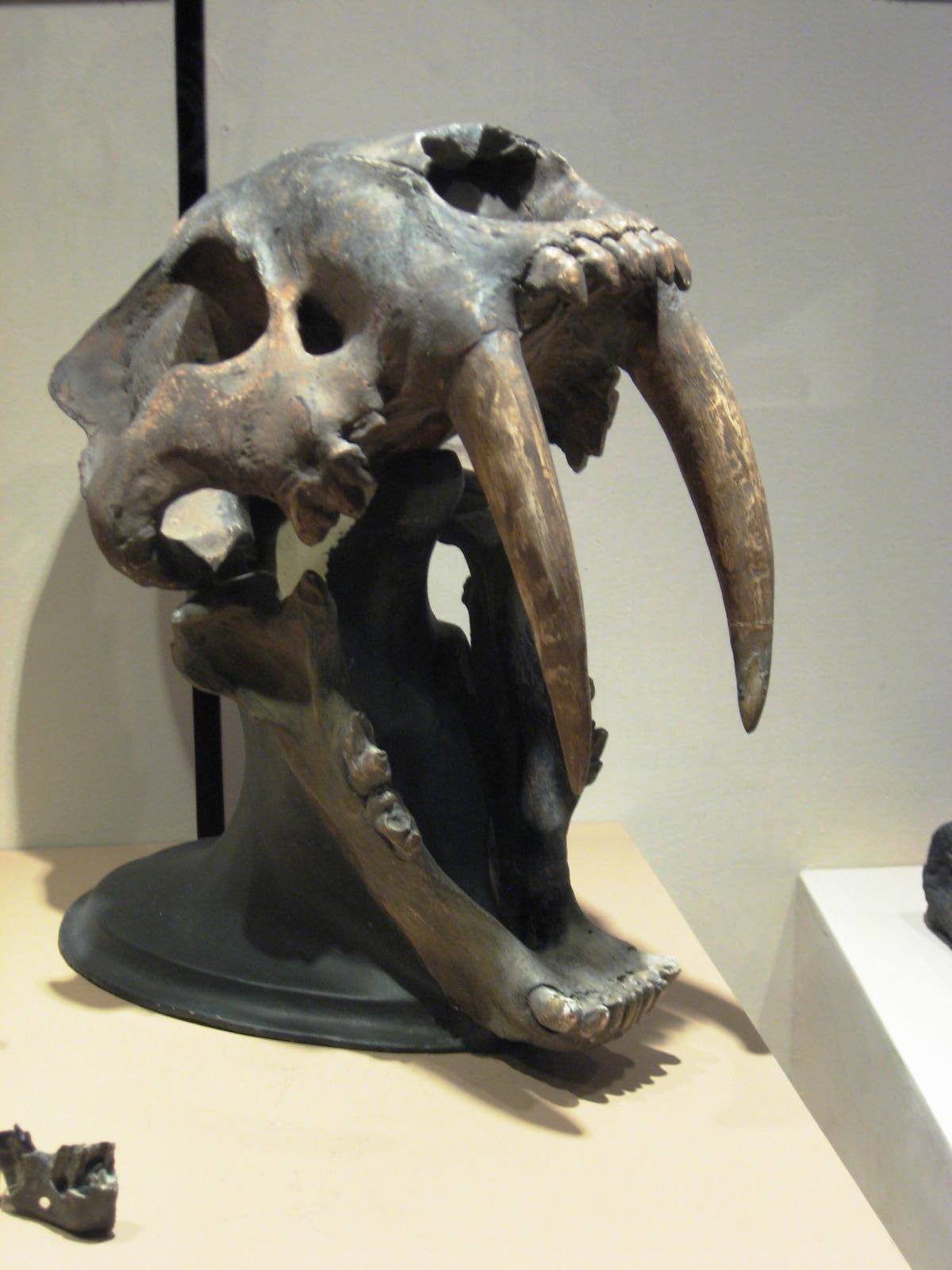
CT scans have revealed a surprising truth about saber-toothed cats: their bite force was much weaker than that of today’s big cats. Rather than relying on brute strength to crush bone, these predators had jaws that could open nearly 120 degrees wide, giving their impressive canines the perfect angle for a precise, surgical strike. This unique adaptation allowed them to deliver swift, targeted bites that incapacitated prey efficiently. It’s a remarkable example of evolutionary specialization, trading raw power for deadly accuracy.
Fatal Precision

Unlike modern lions that depend on sheer brute force, saber-toothed cats mastered the art of precision hunting. Their powerful bite was aimed strategically at vulnerable spots such as the throat or belly, ensuring a swift and fatal takedown. In the harsh realities of the ancient wild, this deadly accuracy was key to survival. For saber-toothed cats, efficiency wasn’t just an advantage—it was a matter of life and death.
Stealthy Ambush Artists
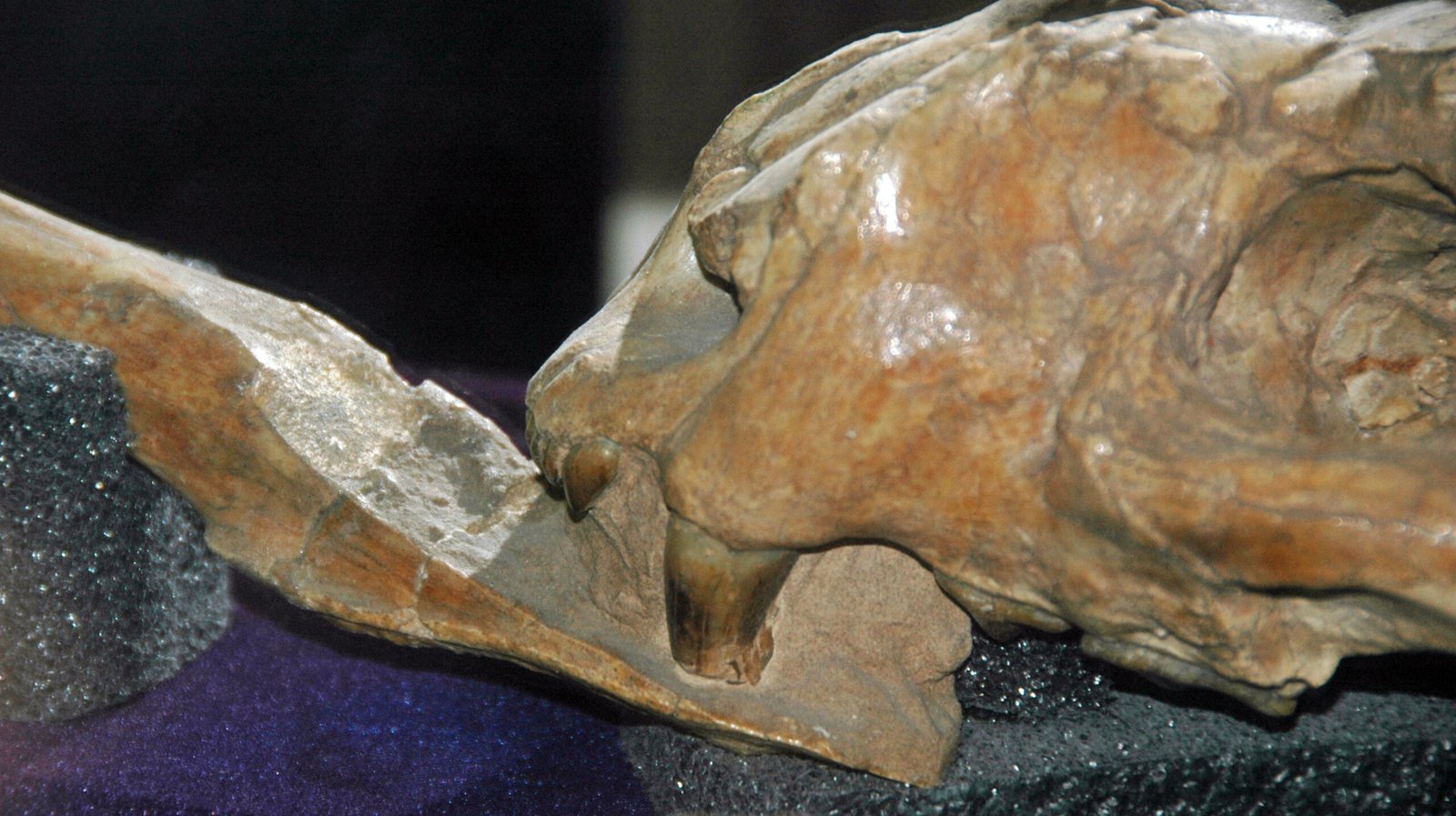
With muscular forelimbs and a low, compact build, saber-toothed cats were perfectly engineered for ambush hunting. They moved stealthily through dense undergrowth, every muscle tense and ready, patiently waiting for the ideal moment to unleash their devastating strike. Their combination of strength and stealth made them unparalleled masters of surprise, capable of overpowering prey before it even knew what hit it. In the wild, they were the embodiment of patience, power, and precision.
Eyes That See in Shadows

CT scans reveal that saber-toothed cats possessed impressively large eye sockets, hinting at exceptional adaptation for hunting in low-light conditions. This suggests they were skilled nocturnal predators, expertly stalking their prey under the cover of dusk and dawn. It’s easy to imagine these stealthy hunters moving silently through shadowy landscapes, their keen, unblinking gaze locked on every subtle movement. Their heightened vision gave them a crucial edge in the fading light of ancient wilderness.
Fur Patterns Lost to Time

Though the exact color and pattern of saber-toothed cats’ coats remain a mystery, many scientists believe they sported camouflaged fur that allowed them to blend seamlessly into their surroundings. This natural disguise would have made them nearly invisible in the dappled light of ancient forests and grasslands—true ghosts stalking silently through the underbrush. Their muted tones and patterns likely helped them remain hidden from both prey and rival predators alike. In this way, their fur was as much a weapon as their fearsome canines.
The Power in Their Paws

Their forelimbs were thick, muscular powerhouses, equipped with razor-sharp retractable claws designed to seize and immobilize struggling prey. With every calculated swipe, these formidable weapons could secure a meal or mean the difference between hunger and survival. These claws were not just tools—they were lifelines in the fierce competition of the ancient wild. Precision and strength combined made their hunting prowess truly deadly.
Social or Solitary?

The debate continues among scientists: did saber-toothed cats hunt solo, or rely on the strength of a pack? Some fossil evidence points toward social behavior, suggesting they may have lived and hunted in groups. This raises fascinating possibilities of complex social dynamics, where teamwork and cooperation could have been essential for taking down large prey. If true, it paints a picture of these fearsome predators not just as solitary hunters, but as strategic collaborators in the ancient wild.
Roars or Rumbles?

While the exact sounds saber-toothed cats made remain a mystery, their throat structure hints at deep, resonant vocalizations. It’s likely their calls resembled the low, powerful rumble of a lion more than the sharp roar of a tiger, carrying far across the vast Pleistocene valleys. These haunting echoes would have been both a warning and a communication tool, reverberating through ancient landscapes. Imagining their voices adds another layer of life to these majestic prehistoric hunters.
Ancient Landscapes
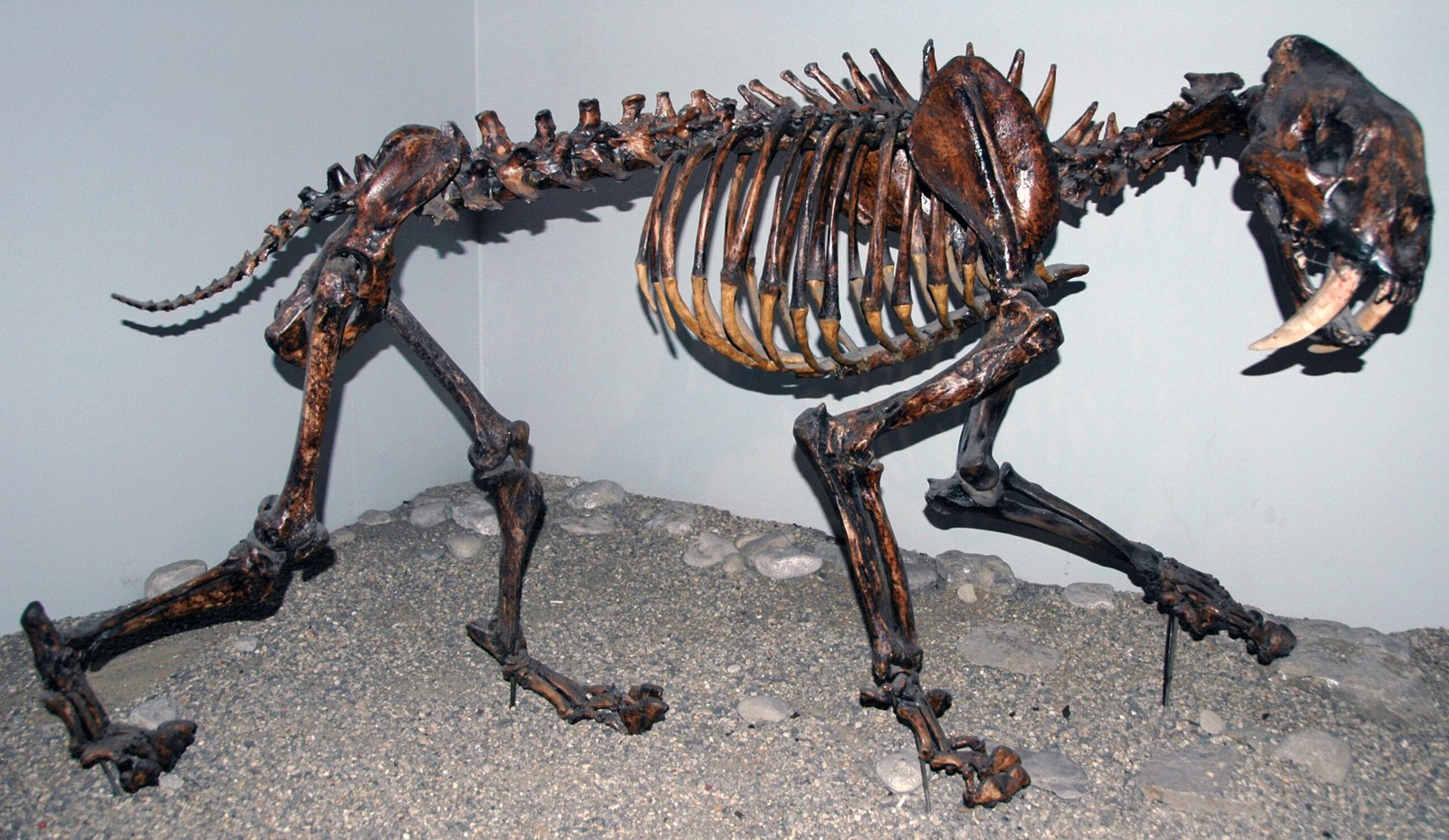
Saber-toothed cats prowled through expansive open woodlands and vast grassy plains, stalking formidable prey like bison, camels, and prehistoric horses. Their ancient world was filled with towering giants, each encounter a fierce test of strength and skill. Survival meant constant vigilance and relentless hunting, as every day brought new challenges in a landscape ruled by power. In this wild arena, saber-toothed cats fought tirelessly to maintain their place at the top of the food chain.
CT Technology: Peering into the Past

Thanks to advanced CT scanning technology, scientists can now peer deep inside fossilized skulls, reconstructing intricate details from delicate nerve pathways to minute blood vessels. This cutting-edge imaging unlocks secrets that were once thought lost to time, offering unprecedented insights into the biology and behavior of ancient creatures. Each scan brings us closer to understanding how these long-extinct animals lived, moved, and sensed their world. It’s like stepping back millions of years, revealing the hidden stories etched in stone.
Tooth Wear Tells Tales

Close examination of fossilized teeth uncovers distinct wear patterns that perfectly align with the saber-toothed cat’s lethal hunting technique. The grooves and chips etched into their canines tell a story of precision slashing rather than crushing or chewing, revealing how they expertly sliced through flesh with every bite. These dental clues paint a vivid picture of their feeding habits, showcasing a predator finely tuned for efficiency. Each mark serves as evidence of the brutal, surgical strikes that secured their survival in a harsh prehistoric world.
Emotional Lives?

A mother saber-toothed cat likely carried her cubs gently by the scruff, carefully keeping those formidable fangs tucked away to protect her young. Fossilized family groups offer rare and touching glimpses into their social bonds, revealing a side of these ancient predators marked by care and tenderness. These intimate connections echo the nurturing behaviors seen in modern felines, reminding us that even the fiercest hunters once shared moments of warmth and affection. Such discoveries bring to life the emotional depth of a species often only known for its fearsome reputation.
Extinction’s Shadow

Climate change and increasing competition with early humans were pivotal factors in the saber-toothed cats’ eventual disappearance. These magnificent predators were exquisitely adapted to a specific environment, thriving in a world that gradually transformed beyond their reach. As the climate shifted and ecosystems evolved, their finely tuned skills and hunting strategies became less effective. Unable to adapt quickly enough, they ultimately faced extinction, a poignant reminder of nature’s relentless demand for survival and change.
Fossil Graveyards

Tar pits and ancient riverbeds occasionally reveal entire families of saber-toothed cats, perfectly preserved and frozen in time. Each fossil unearthed is more than just a remnant—it’s a vivid story waiting to be told, a fleeting moment of fierce life captured and immortalized. These rare discoveries offer profound glimpses into their world, revealing the bonds and struggles of creatures that once ruled the prehistoric wilderness. Through these timeless snapshots, we connect with a past both wild and extraordinary.
The Bite That Changed History

The saber-toothed cats’ distinctive killing technique likely influenced the evolution of their prey, pushing animals to develop thicker hides, sharper senses, or novel defensive strategies. This relentless back-and-forth created a silent arms race spanning millennia, where predator and prey continuously adapted to outwit each other. Each evolutionary leap was a survival game of cat and mouse, shaping the dynamics of ancient ecosystems. In this ongoing struggle, both hunter and hunted left an indelible mark on the natural world.
Conservation Lessons

The extinction of saber-toothed cats serves as a powerful reminder that even the most formidable predators are not immune to disappearing. Today’s big cats face strikingly similar threats—from habitat loss to human conflict—that put their survival at risk. Protecting their natural environments is more crucial than ever to ensure these majestic creatures don’t follow the same tragic path. It’s a call to action to preserve the wild legacy before history repeats itself.
Pop Culture Icons
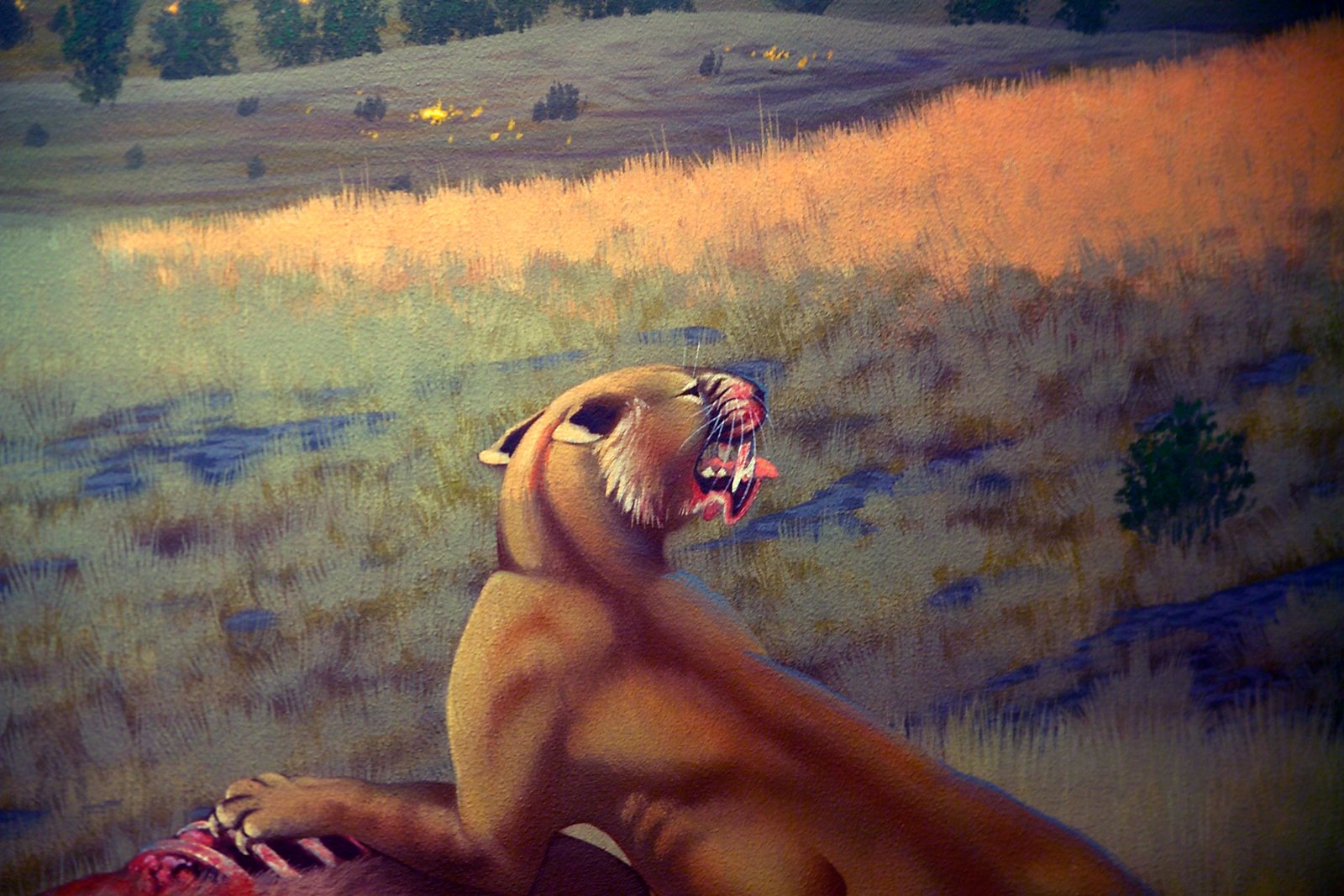
From ancient murals etched on cave walls to thrilling scenes in blockbuster movies, saber-toothed cats have captured human imagination for countless generations. Their striking form and fierce reputation continue to inspire awe and curiosity, bridging the gap between past and present. This enduring legacy stands as a testament to our deep fascination with nature’s most extraordinary and wild creations. Through art and storytelling, these iconic predators live on in the collective memory of humanity.
Comparing Modern Felines
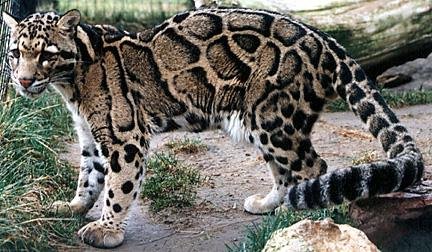
No modern cat possesses jaws quite like the saber-toothed predator, yet some species, such as the clouded leopard, carry on its legacy with elongated fangs and masterful stealth. These adaptations serve as living echoes of ancient power, blending raw strength with silent agility. The clouded leopard’s graceful hunting style and impressive dentition remind us of a prehistoric world where survival depended on precision and cunning. In this way, glimpses of the past continue to thrive in today’s wild landscapes.
Whiskers in the Wind

Saber-toothed cats likely relied on highly sensitive whiskers to navigate their environment and hunt with precision in low-light conditions. Every subtle twitch of these tactile sensors would have provided crucial information about nearby obstacles, prey, and terrain. This heightened sensory ability added an essential layer to their predatory toolkit, enhancing their stealth and effectiveness. It’s a reminder that beyond their fearsome teeth, their survival depended on a finely tuned awareness of the world around them.
Prey on the Move
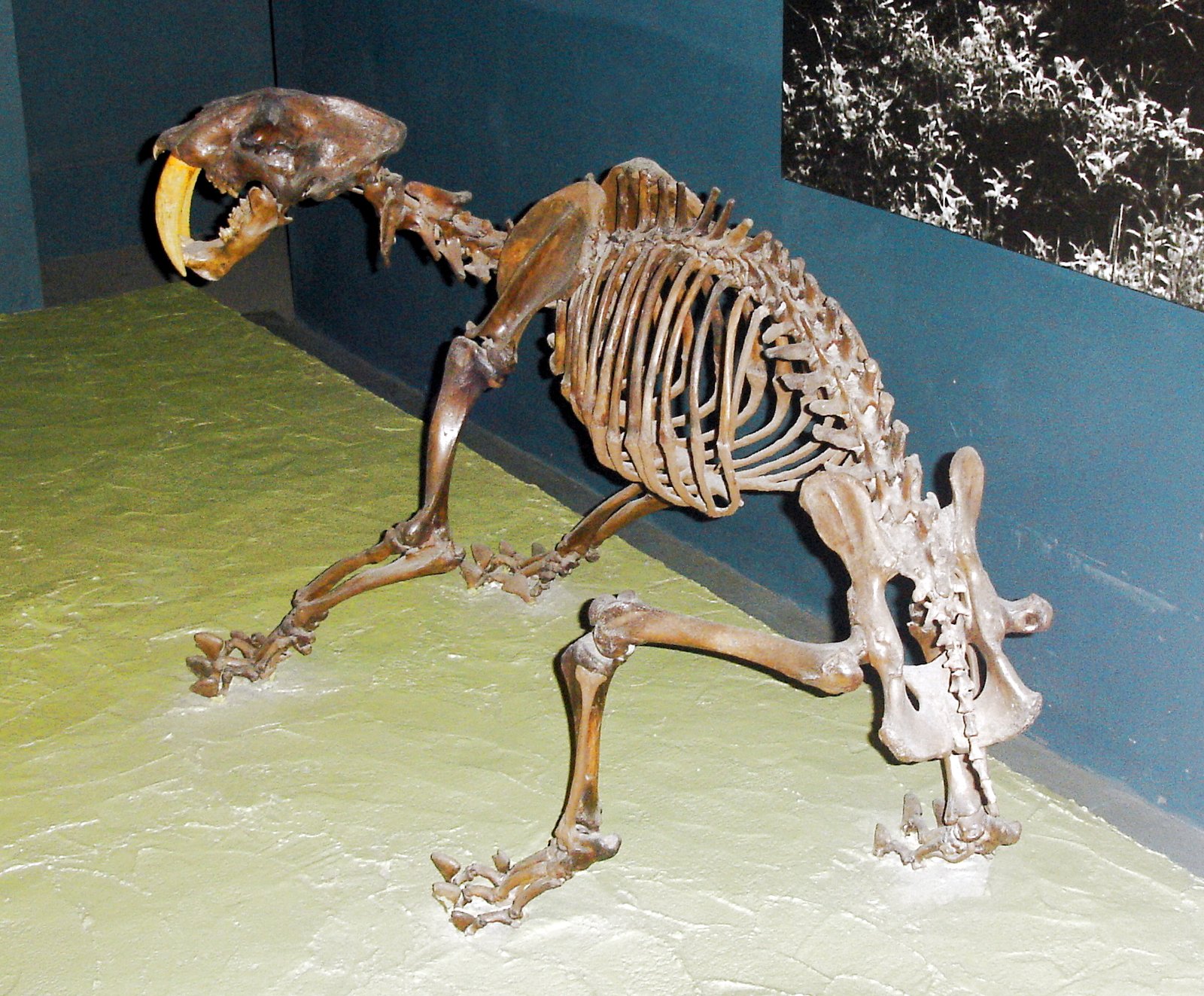
Saber-toothed cats hunted some of the largest creatures of their time, including mammoths, ground sloths, and massive bison. Taking down such colossal prey demanded exceptional patience and precise timing, as a single misstep could mean missed dinner—or worse. Their signature bite was powerful and swift, designed to deliver a fatal strike that ended the chase in mere seconds. This combination of skill and strength made them formidable apex predators in their ancient world.
Adapt or Perish
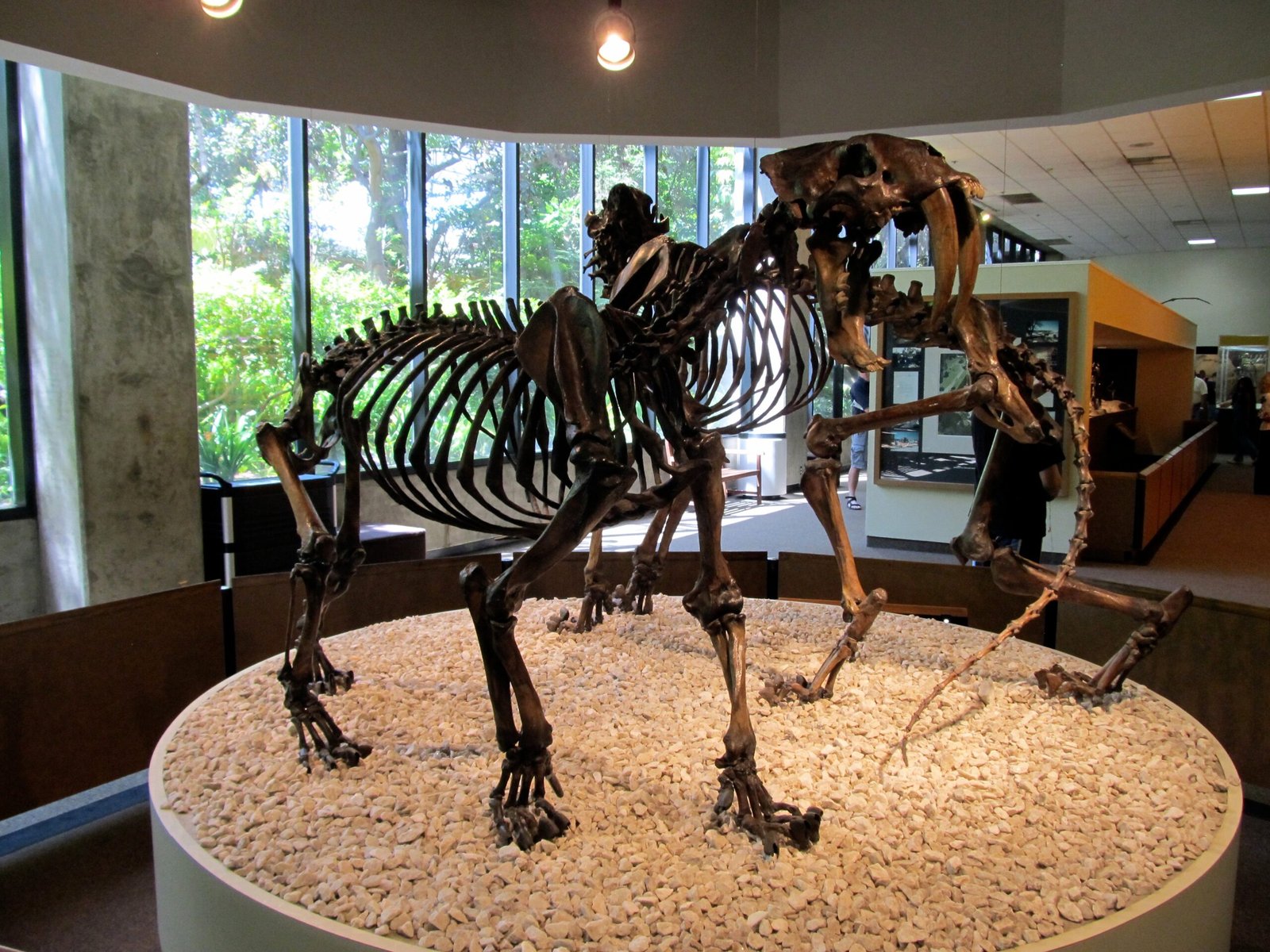
As the Ice Age came to an end and their prey grew scarce, saber-toothed cats encountered a challenge they were ill-equipped to overcome. Their highly specialized hunting techniques, which had once made them unrivaled predators, suddenly became liabilities in a rapidly changing world. Unable to adapt to new conditions or diversify their diet, these magnificent hunters faced decline. Ultimately, their very strengths transformed into the factors that led to their extinction.
Feline Mystique
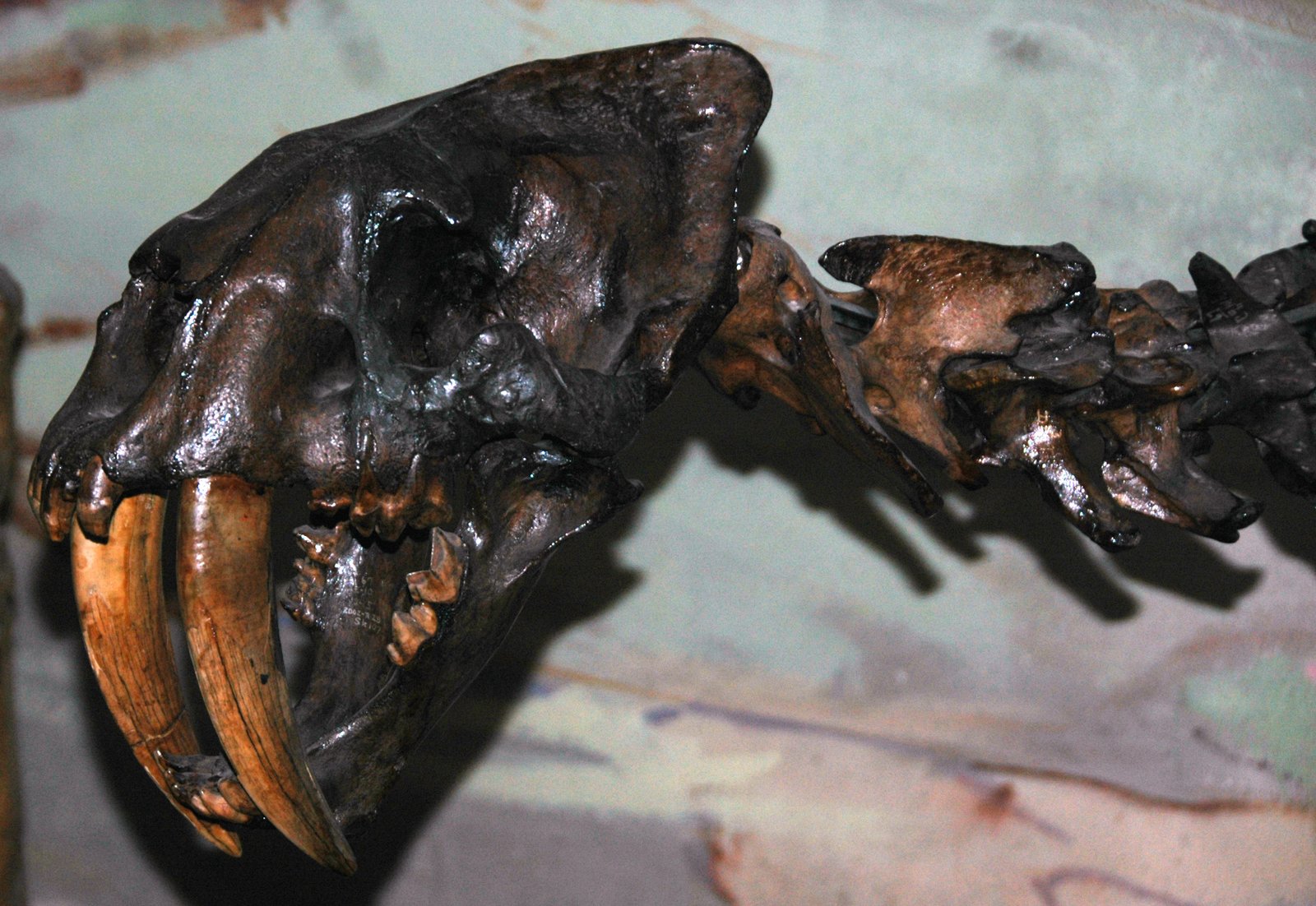
Despite centuries of dedicated research, the saber-toothed cat remains one of nature’s greatest mysteries. Every new fossil discovery adds a fresh brushstroke to an ever-evolving portrait, revealing glimpses of its life but leaving much still unexplained. This ancient predator continues to captivate scientists and enthusiasts alike, its story woven with secrets waiting to be uncovered. The more we learn, the deeper our fascination grows, fueled by the wonder of what remains hidden.
Legacy in Stone

Beneath our very feet rest their ancient bones—silent witnesses to a world long vanished yet forever imprinted on Earth’s history. Each CT scan and scientific discovery peels back the layers of time, bringing us closer to unlocking the mysteries of their lives. Through their story, we glimpse not only the past but also our own place within nature’s vast, unfolding tapestry. They remind us that we are part of a shared journey, connected across ages by the pulse of life itself.
Inspiring Curiosity
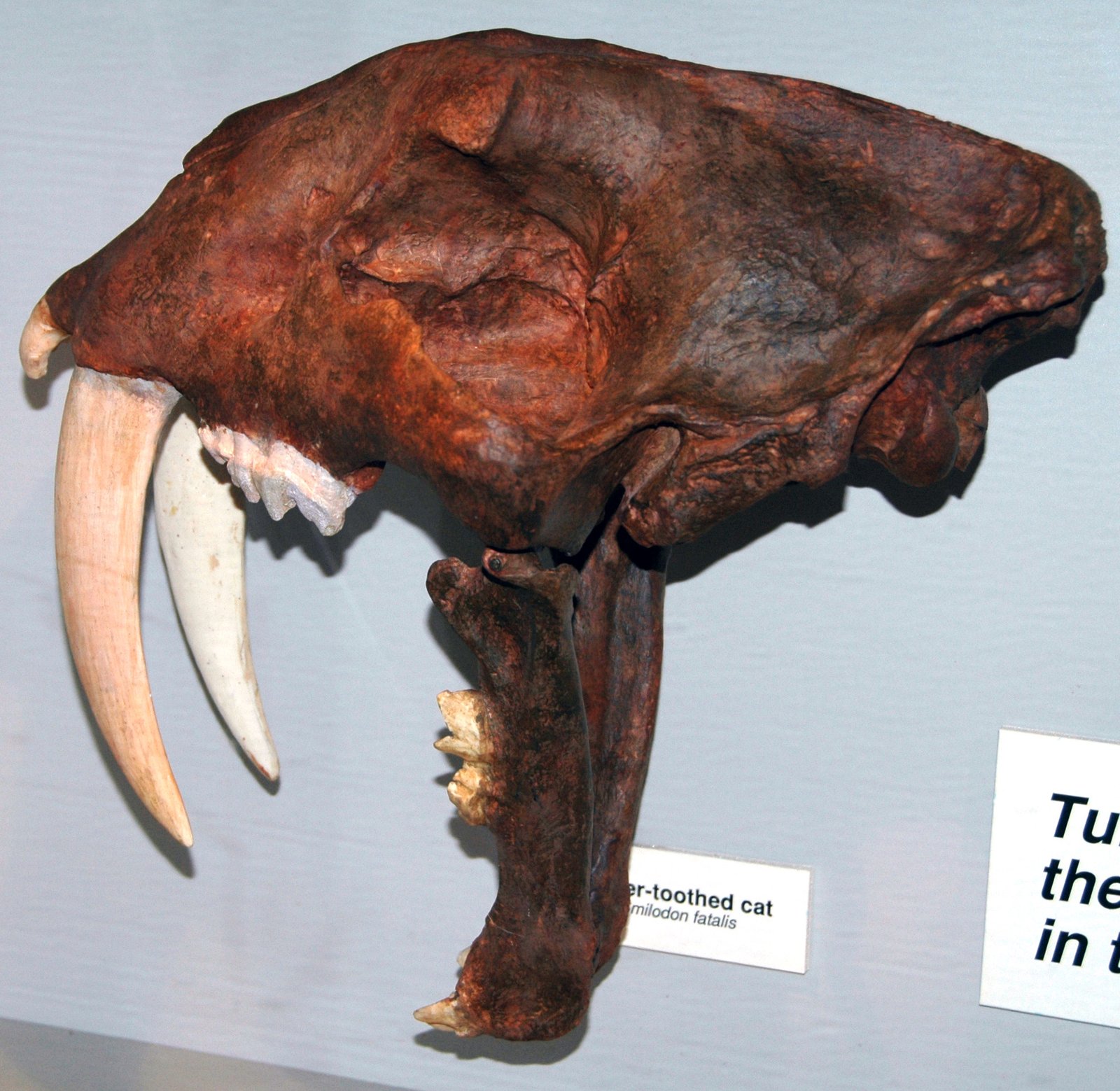
The enigmatic saber-toothed cats beckon us to continue our quest for knowledge, urging us to explore deeper and question more boldly. Their story is a powerful reminder to cherish the wild creatures that have shaped our planet’s past and continue to enrich its present and future. In uncovering their secrets, we renew our connection to the natural world and reaffirm our responsibility to protect its wonders. Their legacy inspires us to be curious guardians of the wild, forever seeking and safeguarding life’s mysteries.

Suhail Ahmed is a passionate digital professional and nature enthusiast with over 8 years of experience in content strategy, SEO, web development, and digital operations. Alongside his freelance journey, Suhail actively contributes to nature and wildlife platforms like Feline Fam, where he channels his curiosity for the Feline into engaging, educational storytelling.
With a strong background in managing digital ecosystems — from ecommerce stores and WordPress websites to social media and automation — Suhail merges technical precision with creative insight. His content reflects a rare balance: SEO-friendly yet deeply human, data-informed yet emotionally resonant.
Driven by a love for discovery and storytelling, Suhail believes in using digital platforms to amplify causes that matter — especially those protecting Earth’s biodiversity and inspiring sustainable living. Whether he’s managing online projects or crafting wildlife content, his goal remains the same: to inform, inspire, and leave a positive digital footprint.




